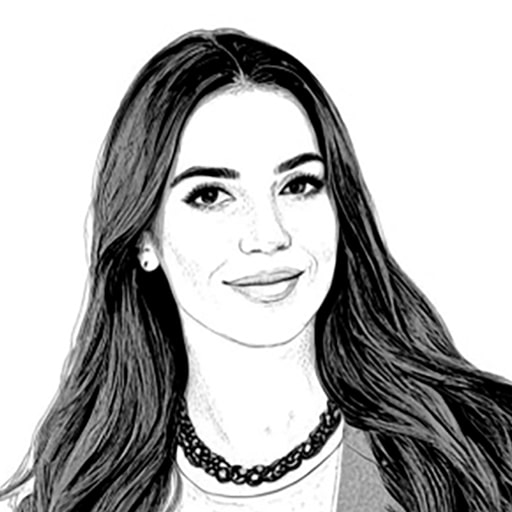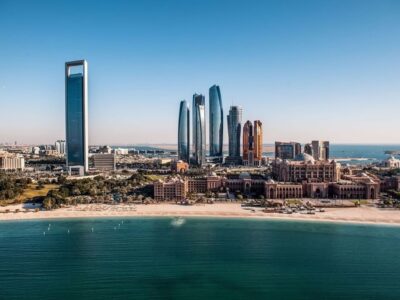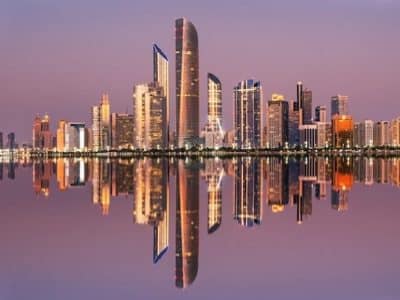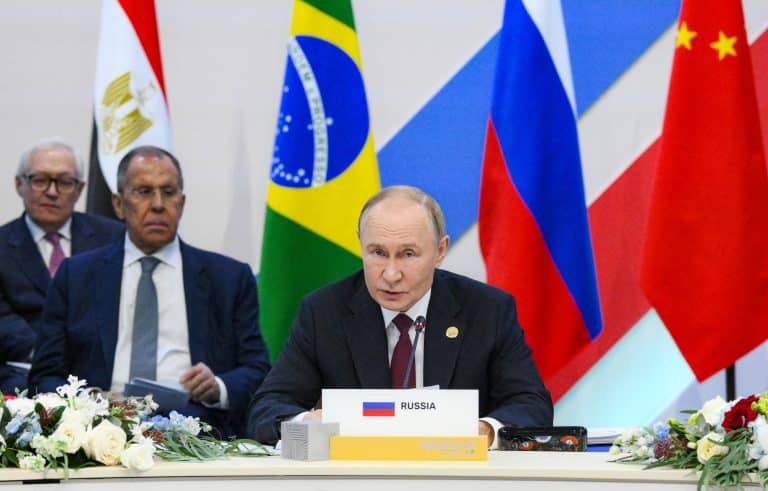The BRICS Summit in Kazan, Russia has entered its second day of talks, bringing together leaders from 24 countries in what experts say marks a decisive shift from the historic Non-Aligned Movement toward a more assertive economic agenda.
“BRICS is inherently different because of Russia and China’s central roles – this isn’t about non-alignment anymore,” Nicolas Michelon, CEO of Asia Intelligence Advisory, told Arabian Business.
“We’re seeing a coordinated effort to create genuine alternatives to U.S.-dominated financial systems.”
The expanded group, which welcomed Saudi Arabia, UAE, Egypt, Ethiopia, and Iran earlier this year, now commands approximately 36 percent of global GDP and represents nearly half the world’s population.
Member states collectively control $45 trillion in investable wealth, with their combined millionaire population projected to grow by 85 percent over the next decade.
UAE’s strategic entry
The UAE’s first participation as a BRICS member comes at a crucial juncture. According to Michelon, the UAE’s first participation as a BRICS member to the Kazan summit “comes at the perfect time.”
“BRICS has a challenge now to morph from a loose collection of countries… into a platform that starts to propose very concrete, solid responses to the current geopolitical challenges,” he added.
Mahdi Jasim Ghuloom, a Regional Security Analyst at Le Beck International, noted that “Russia-UAE relations are warming, with President Putin describing the relationship as a ‘strategic partnership.'”
However, he pointed out potential tensions that need management, particularly between the UAE and Iran, two of the new BRICS members.
The UAE-Russia trade relationship has shown remarkable growth.
“Bilateral trade between Russia and the UAE is very dynamic. It hit more than 11 billion USD in 2023. We’ve seen almost an 11-fold increase over the past less than 10 years,” Michelon said.
He noted that since 2022, trade has become more concentrated in specific sectors, with Russian gold exports accounting for over 66 percent of exports to the UAE, and diamonds representing more than 20 percent.
Institutional framework
The New Development Bank (NDB) and Asian Infrastructure Investment Bank (AIIB), cornerstone institutions of the BRICS financial architecture, have already committed substantial funding for infrastructure projects across member states.
During Wednesday’s sessions, leaders discussed expanding these institutions’ reach and establishing new mechanisms for cross-border settlements in local currencies.
The summit marks a sharp departure from the Non-Aligned Movement, founded in 1961.
The Non-Aligned Movement emerged during the height of the Cold War when newly independent nations, led by leaders like India’s Jawaharlal Nehru, Yugoslavia’s Josip Broz Tito, and Egypt’s Gamal Abdel Nasser, sought to chart a middle course between the US and Soviet power blocs.
At its peak, NAM represented the largest grouping of states after the United Nations, advocating for decolonisation and economic development while maintaining strategic autonomy from superpower influence.
“The fact that Russia and China… are part of BRICS basically changes the whole story… The overall project carried by BRICS is clearly the de-dollarisation of the world economy by any means possible… It’s China with the help of Russia trying to get together the entire global south in marching away from the US-led world order,” said Michelon.
Challenges ahead
Experts identify several challenges facing the bloc. For the UAE specifically, Ghuloom said, one challenge could be addressing US concerns about such relations with Russia.
However, he explained that “the UAE appears to be one of the few countries in the world… that has its leadership invited to both the US President’s and Russian President’s residences almost a month apart, despite global tensions pushing countries to ‘choose sides’ exclusively.”
The three-day summit, continuing through Thursday, is expected to conclude with the Kazan Declaration, which will outline specific measures for deepening economic cooperation and expanding the bloc’s global influence.
More than 30 countries have expressed interest in joining BRICS, according to Russian officials, reflecting growing interest in the bloc’s alternative development model.






